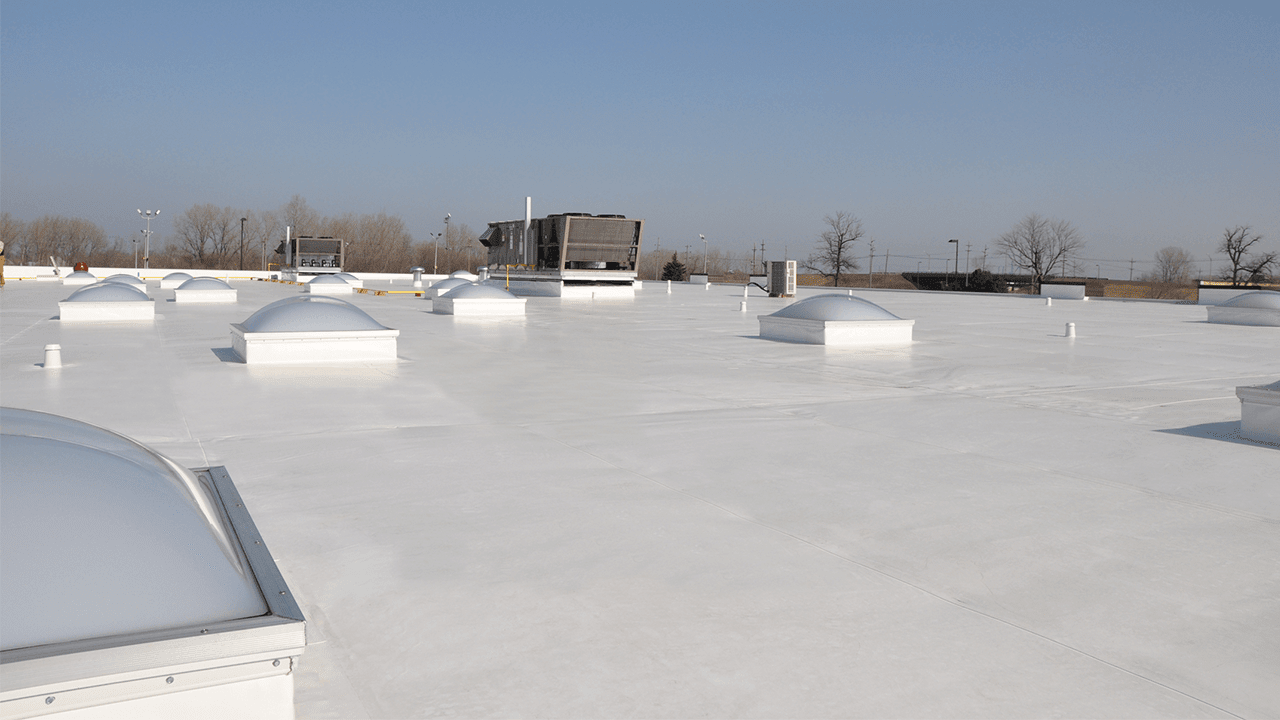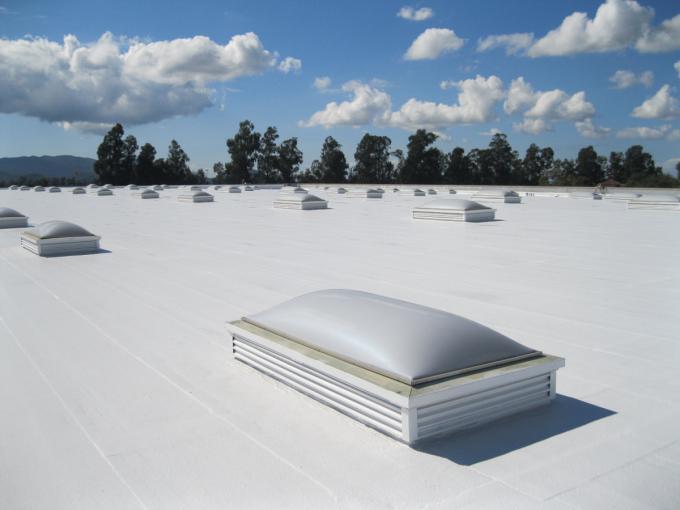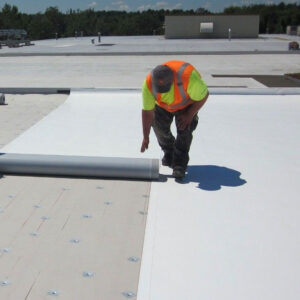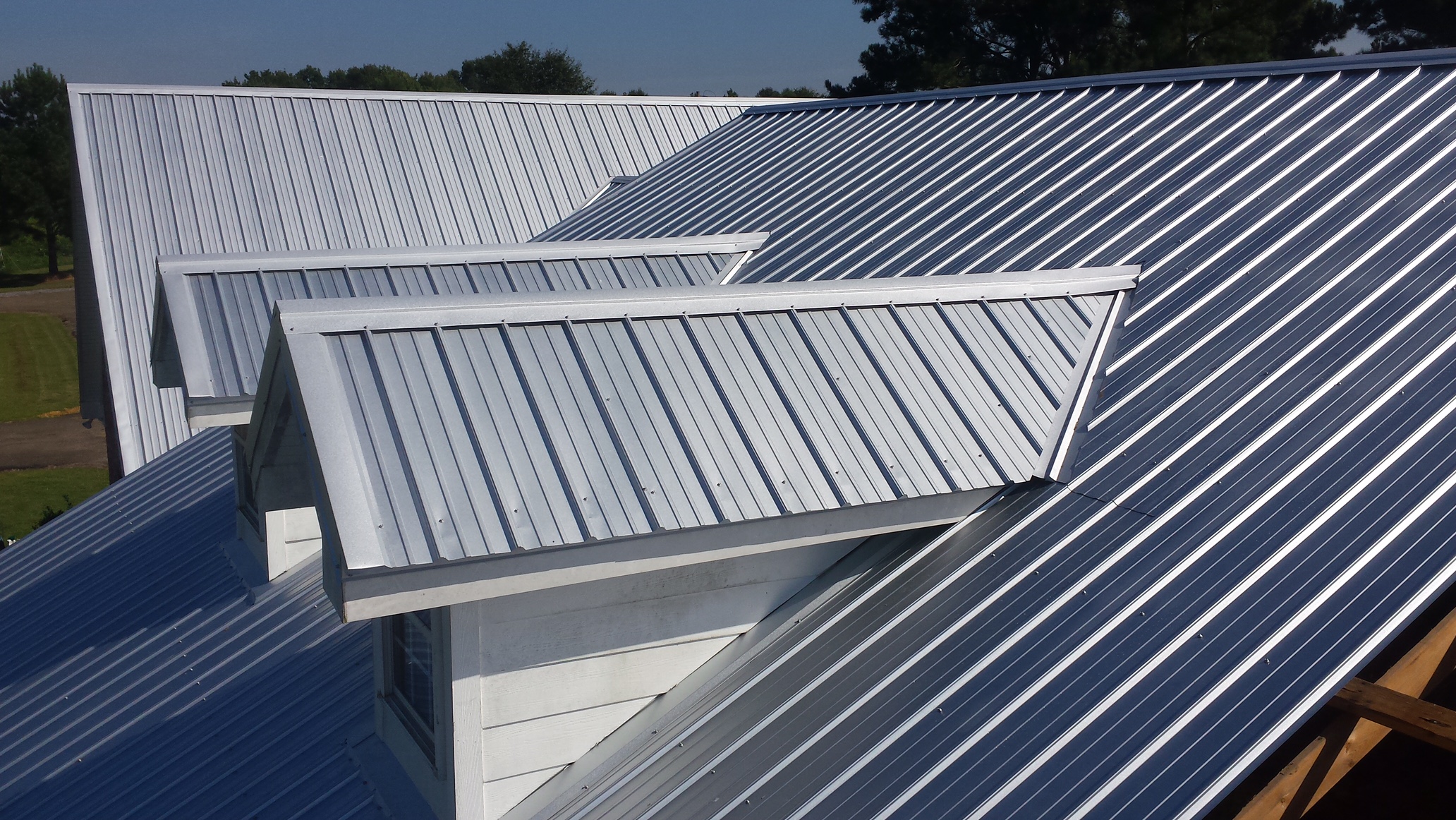Advantages of PVC Roofing Systems for Commercial Buildings In San Diego, CA
There are several roofing system options for San Diego business owners who are looking to reroof their commercial facility or industrial building. Of all the available options, PVC roofing systems are amongst the most sought-after and effective roofing options in the San Diego area.
PVC roofs, which stand for Polyvinyl chloride or vinyl for short were first sighted in Europe where they made their appearance in the 1960s. In the earlier times, some PVC membranes had poor quality. It was common to find membrane failures caused by the migration of plasticizers responsible for the flexibility of the PVC, as well as unenforced membranes.
To tackle these problems, product improvement practices and strategies began. Some of such corrective actions include the inclusion of a reinforcement scrim between the layers of membrane film to deliver stability and resistance to puncture and tear. The chemistry of PVC production was also broadened, which is why the more modern version is well able to control a large percentage of the commercial roofing market.
PVC is amongst the world’s most widely used polymers, and it is used across a wide range of daily and industrial applications.
The two primary components used in the making of PVC are natural oil/gas and salt. Chlorine is gotten from rock salt, and ethylene is gotten upon conversion of fuel. They are both used to create a white compound called vinyl chloride monomer, which is further processed to get the flexible or rigid PVC.
Let us look at some amazing features of PVC roofing systems you should know.
1. Long lifespan
PVC roofing systems are renowned for their longevity. It is normal to find PVC roof installations lasting for 25 years or longer and still standing strong. Unlike several roofing systems that cure as time goes on, PVC membranes remain weldable for the purpose of alterations and repairs throughout their lifetime.
The plastic nature of PVC makes it flexible and accommodating to weather and temperature changes, as well as the thermal contraction and expansion that commercial roofing systems undergo due to these changes.
2. Membrane Flexibility
PVC roofing systems are always flexible regardless of weather conditions, which is why they can be installed by a commercial roofing contractor in San Diego at any time of the year. Their flexibility also makes it possible for them to be fabricated in the factory and then taken to the installation site. The ability to pre-fabricate in the factor reduces the amount of job done on-site and also ensures a better, more trustworthy installation that’ll last long term since the major welding process is carried out in the factory under the best conditions.
If you have dealt with other single-ply roofing systems, you’ll find that they become stiff when the weather is cold, which makes it difficult to handle and work with them at that time. That is not the case with PVC membranes.
Duro-last is a leading manufacturer of PVC in the U.S and a patent holder and inventor of custom pre-fabricated PVC roof systems.
Duro-Last PVC systems undergo 80% membrane welding in the factory and are inspected before being brought to your building to be installed on your rooftop.
3. Hot-Air Welded Seams
Hot-air welding is a process of seaming different membrane components such as sheets and flashing to create a membrane that is more secure and longer-lasting. This process is better than the adhesive system used for other roofing materials because the heat used in the process melts all overlapping membranes and places them on the same level where they blend into a uniform sheet.
With this process, you find that the welded joint is highly resistant to tear, even more than the entire membrane.
4. Durability
PVC roofing systems are able to withstand a lot of weather fluctuations and conditions. They can also resist substances and other chemicals that would ordinarily negatively affect other roofing products.
PVC roofing system is great for industrial roofs and San Diego restaurants where there is an oily or greasy rooftop exhaust. It also has a high resistance to ponding water and moisture, so it doesn’t deteriorate or rot under such conditions.
With such resistance, you can rest assured of lower maintenance expenditure, and long stress-free usage.
5. Energy Efficiency
White PVC membranes save a great deal of energy cost because they have highly reflective membranes and they reflect solar heat rather than conducting it into the building.
The high reflective nature of PVC roofing systems ensures that the membrane temperature remains notably lower on very hot days.
When it is hot and sunny in San Diego, you get a lower ambient air temperature when dealing with a white, reflective roof compared to the air temperature you get from a black rubber or gravel-surfaced roof. Rooftop HVAC systems always perform better and more efficiently with a cooler rooftop area.
The coolness delivered by the energy-efficient PVC roofing system reduces stress on the roof insulation, helps the HVAC systems run less, which saves you energy bills, and extends the lifespan of your roofing system,
6. High Flame/Fire resistance levels
You can achieve higher fire ratings with PVC roofing systems because they have a lower carbon content compared to other roofing products. In the case of a building fire, they are also less likely to emit toxic gases.
When ignited and taken through flame tests, PVC membranes self-extinguish rather than burn continuously, which you find to be the case with many other roofing systems that will not only burn but support the flame spread and increase damage.
7. Recyclable
PVC is a leading recyclable roofing system in the industry, which makes it a great fit for the ton of green design programs we have globally. You will find programs and processes that use old PVC and other recyclable roofing systems to create flooring and other similar construction products.
8. Easy Installation Process
Depending on the condition of your roof and the building codes in your locality, you can install PVC roofing membranes without tearing off the existing roofing system. That way, you are avoiding the disruptions and expenses that come with a total removal and replacement.


 A membrane roof is a waterproof material that makes your roofing system waterproof resistant. It can be flexible or semi-flexible, and it can also be made from single or multiple materials joined together.
A membrane roof is a waterproof material that makes your roofing system waterproof resistant. It can be flexible or semi-flexible, and it can also be made from single or multiple materials joined together.